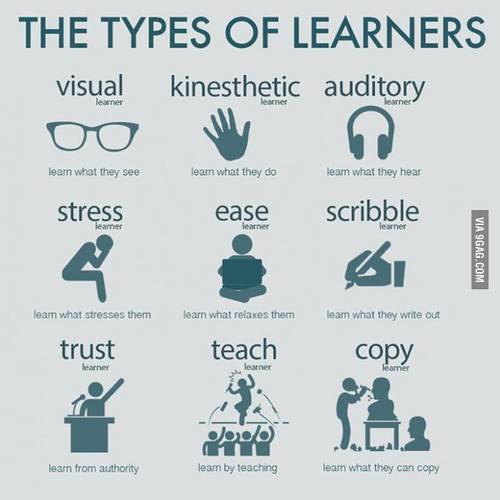Don't wanna be here? Send us removal request.
Photo


HOW TO WRITE A CONVINCING ESSAY
214K notes
·
View notes
Photo
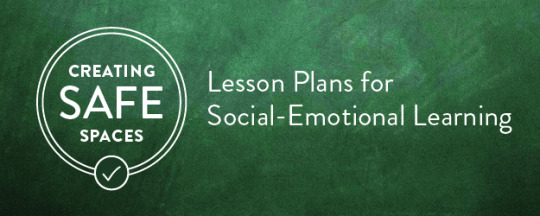
USC Rossier School of Education has created a lesson plan guide to act as a mental health resource for teachers and classrooms, as well as students in our online teaching degree programs.
Creating Safe Spaces: Lesson Plans for Social-Emotional Learning is a bullying prevention kit that offers activities that strengthen students’ social-emotional skills, while focusing on social-emotional wellness as a tool for combating bullying in and outside of the classroom.
59 notes
·
View notes
Photo
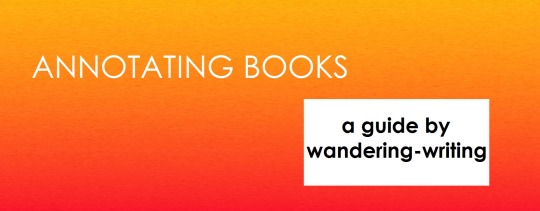
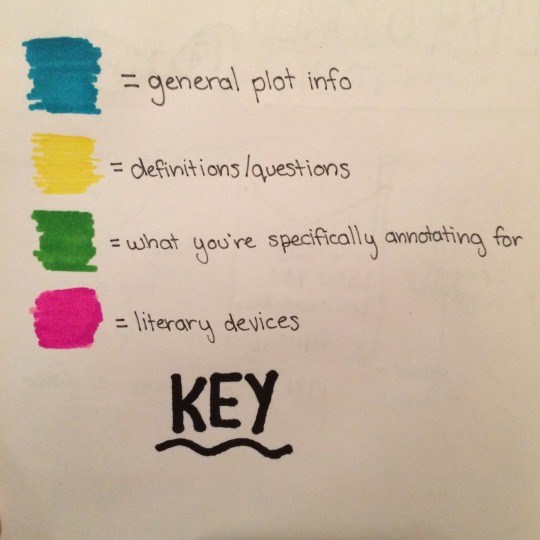
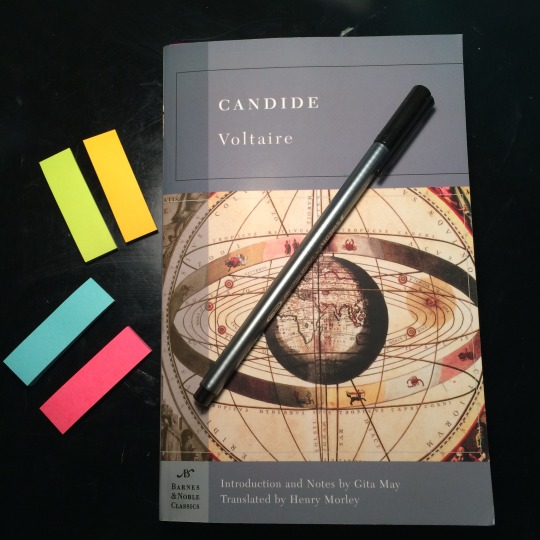
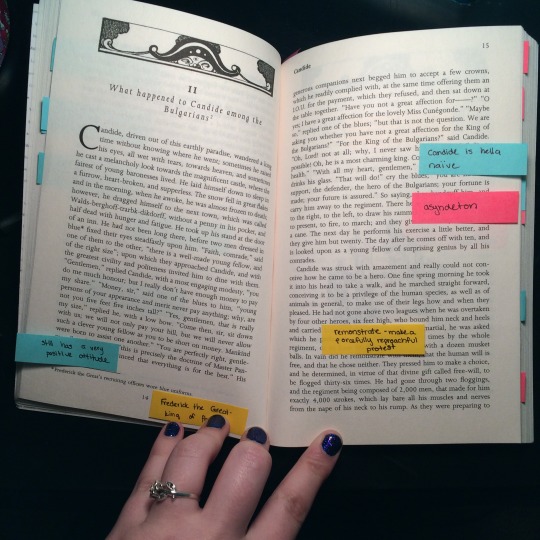
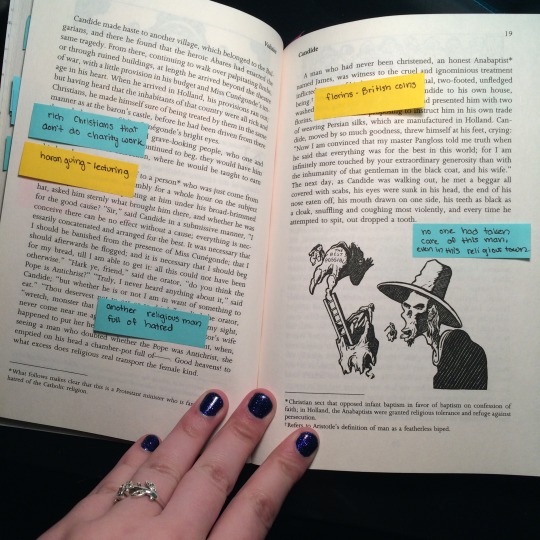
How to Annotate!
I thought I’d do a lil post about how I annotate books! This is a new system for me but I like it a lot considering I always use post-its (I hate writing in books) for my annotations. This is a book I’m annotating for my AP Lit class that I start in the fall!
Organize your annotations.
The system I showed above is a simple color-coordinating method that lets you easily flip back and find specific things. For example, if you have vocab words assigned with the text, you can flag them with a green post-it; when you need to go back and find them later for studying, they can be found without effort.
Summarize plot info.
My blue post-its are basically paraphrased or broken down versions of the text. If you’re reading complicated works, this will probably be necessary for you to understand the text. Additionally, I extract the meaning from the text and jot it down on the blue post-its. Candide by Voltaire is a satire, which means I have to really closely read to figure out what he’s actually trying to say, even though the text itself isn’t that complex.
Define terms.
Define, define, define- always! This is necessary for aforementioned complicated texts. Collect background info for historical texts- if a book alludes to something and you’re not sure what it means, google it and write it down. Also, ask questions- if a character does something out of place, ask yourself why they did so; it’s probably important. This is demonstrated on my yellow post-its.
Always look for literary devices.
If you’re going into AP Lang or another AP language arts class, I strongly suggest you become acquainted with literary devices before the school year starts. They’re a major part of the AP test and if you notice a reoccurring pattern of certain literary devices in a text, it’s how the author is developing their point! I marked these for Candide on the pink post-its.
Lastly- annotate for the prompt or for what your teacher tells you to.
Duh. If your teacher says to annotate for motifs, annotate for motifs! It’s pretty straightforward.
10K notes
·
View notes
Quote
At the most fundamental level, the focus of education has to be on creating the conditions in which students will want and be able to learn. Everything else has to be arranged on that basis.
from Creative Schools: The Grassroots Revolution That’s Transforming Education by Ken Robinson and Lou Aronica
2 notes
·
View notes
Link
0 notes
Note
After years of chacing my dream, I'm finally teaching this fall! I'm equally excited and nervous. What piece(s) of advice would you give that you wish you knew on your first year? Ps- congrats on the new job!!
Congratulations! I think the biggest thing I wish I knew my first year was that I did not have to be superwoman. I was at school every evening that I didn’t have grad classes until at least 6 or 7…I spent a good 4-5 hours every Saturday in my classroom…I stressed myself out trying to do every single thing I’d ever read and seen and heard about being a good teacher…and it was too much.
I’ve said it before, and I’ll say it again: do what you can and forgive yourself for what you can’t. Always push yourself to be better and do better, but don’t kill yourself. Choose a few things and really work on getting them right. Give your students the best you are able to. You will be better next year, and even better the next year, and you will keep getting better.
I tried to be perfect from day one, and it was unrealistic. I learned that I needed to not stretch myself too thin, and I ended up giving my first class a much better experience because of it than I would have otherwise.
Other teachers: what do you wish you had known then that you know now?
26 notes
·
View notes
Text
Exploring music and math
How is it that Beethoven, who is celebrated as one of the most significant composers of all time, wrote many of his most beloved songs while going deaf? The answer lies in the math behind his music. Using the “Moonlight Sonata”, we can begin to understand the way Beethoven was able to convey emotion and creativity using the certainty of mathematics.

The standard piano octave consists of 13 keys, each separated by a half step. A standard major or minor scale uses 8 of these keys with 5 whole step intervals and 2 half step ones.
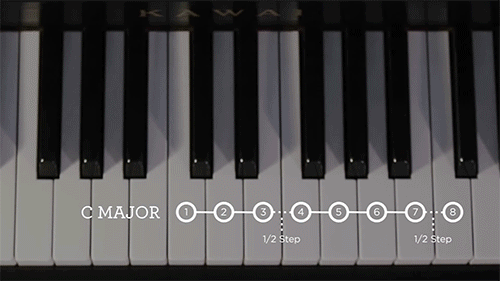
The first half of measure 50 of “Moonlight Sonata” consists of three notes in D major, separated by intervals called thirds that skip over the next note in the scale. By stacking the notes first, third, and fifth notes - D, F sharp, and A - we get a harmonic pattern known as a triad.
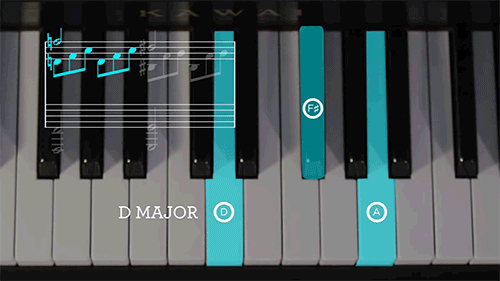
But, these aren’t just arbitrary magic numbers. Rather, they represent the mathematical relationship between the pitch frequencies of different notes, which form a geometric series. The stacking of these three frequencies creates ‘consonance’, which sounds naturally pleasant to our ears. Examining Beethoven’s use of both consonance and dissonance can help us begin to understand how he added the unquantifiable elements of emotion and creativity to the certainty of mathematics.
For a deeper dive into the mathematics of the “Moonlight Sonata”, watch the TED-Ed Lesson Music and math: The genius of Beethoven - Natalya St. Clair
Animation by Qa’ed Mai
14K notes
·
View notes
Text
Free Human Rights Curriculum
HS teachers, check this out! The Choices Program is offering its Human Rights curriculum unit for free. Includes seven lesson plans and teaches critical thinking, textual analysis and multiple viewpoints. www.choices.edu/free-unit

www.choices.edu/free-unit
83 notes
·
View notes
Note
Okay, why do teachers sometimes call on the child who wasn't focusing to answer the question?(it's literally one of the most embarrassing things you guys do).
Well personally I would say that “literally the most embarrassing thing” I do is trip over my rug and squawk like a bird that’s just been shot from the sky about once a day.
But to answer your question, I would guess that some teachers probably do it to the kids who aren’t paying attention because they’re trying to get them to PAY ATTENTION. Because trust me, when you’re trying to explain something to a class and you’re being blatantly ignored, it’s one of the most discouraging (not to mention incredibly rude) things ever.
There is really no acceptable reason to be obviously inattentive to someone who is speaking to you, and this applies to everyone, not just students. It’s just about being a decent person, no matter how old you are.
562 notes
·
View notes
Link
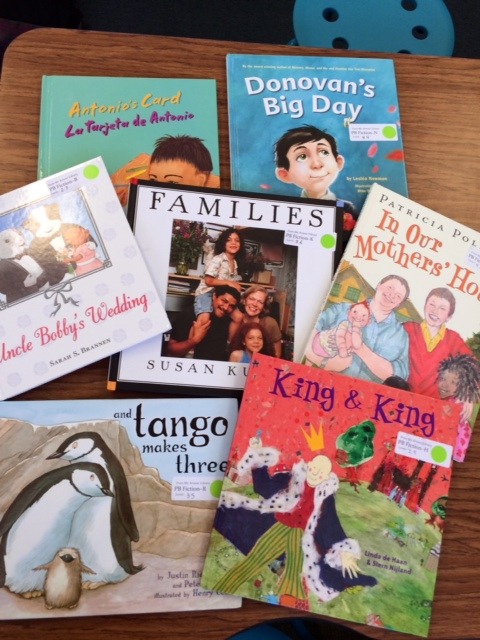
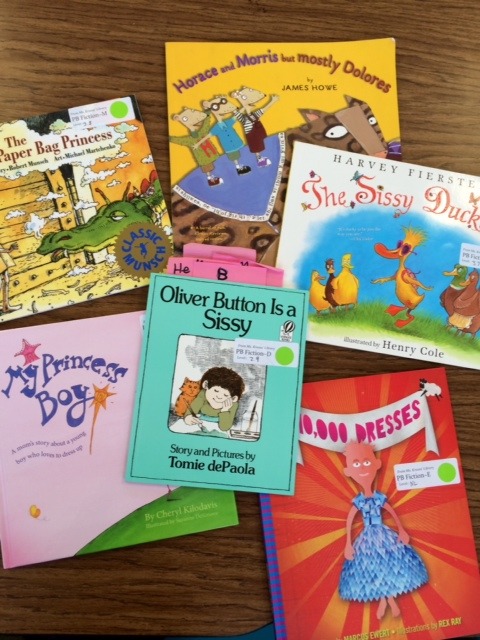
I have written a lot about the importance of a well-stocked classroom library to which students have easy access. I firmly believe that a good classroom library must include many diverse characters and families for a number of reasons. Students deserve to see kids “like them” portrayed…
183 notes
·
View notes
Photo

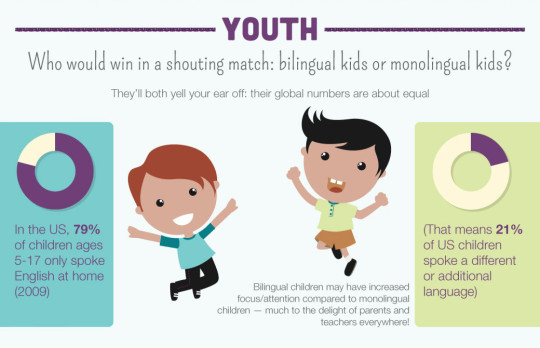
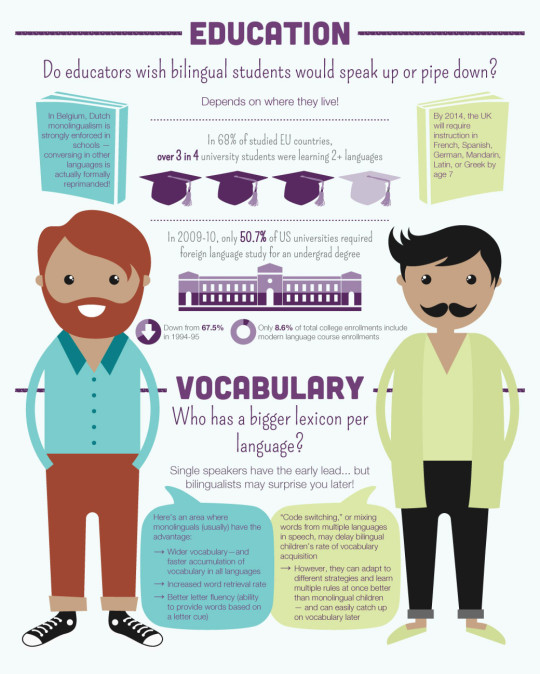
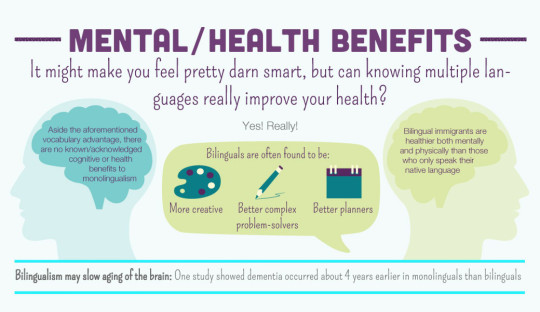

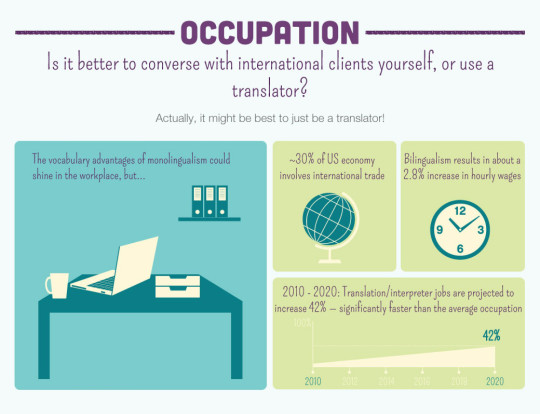
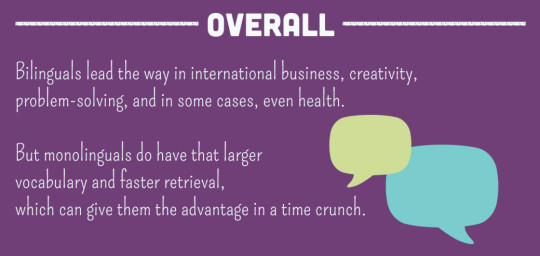
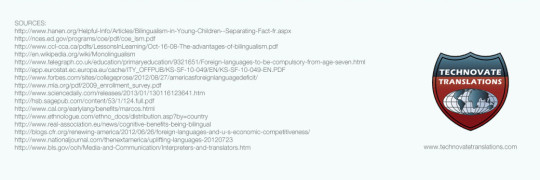
Source: Monolingual vs Bilingual.
Follow Francesca Mura on Pinterest
1K notes
·
View notes
Text
edshelf Weekly - Tools for Creating Presentations
Preparing slides that are both meaningful and visually appealing has gotten a lot easier thanks to technology. Whether it is for your classroom, a departmental talk, or a conference presentation, here are resources to help craft beautiful slides.
IdeaStorm - Before starting, you need a solid outline. Use this free iPad app for a visual brainstorming session.
Veezzle - When you are ready to start filling in your slides, this image search service helps you find royalty-free stock photos.
The Noun Project - For professionally-designed icons, this resource has thousands of icons for thousands of nouns.
Pic Collage - Put images and icons you’ve found into a collage with this mobile app for ideation or your presentation.
Flipagram - Or turn those images and icons into a slideshow with narration or music to liven up your presentation a notch.
Want more? Check out these collections of tools created by members like you.
Online Presentation Tools - Curated by instructional technology facilitator Kristy Rocquin.
Tools & Apps for Inspiring Creativity within the Common Core - Curated by educational technology research director Dr. Annette Kratcoski.
Enjoy these great tools for educators!
Want a fresh copy of the edshelf Weekly newsletter in your inbox too? Sign up with edshelf today!
- Mike Lee, Co-founder of edshelf
2 notes
·
View notes
Text
edshelf Weekly - Tools to Increase Student Engagement and Participation
Classroom activities that are interactive and collaborative tend to be engaging for students. When they can raise their hand or tap a button as part of a classroom poll, or work in small groups to answer questions and play games, you will likely see eager and attentive learners. Here are some tools that can help you get that.
Pick Me! - Need to pick a student in an unbiased, random way? Upload your class roster to this iOS app and track right & wrong answers.
Bingo Card Creator - How about a class bingo game? Print pre-made bingo cards or make your own with this website.
PrimaryPad - Students organized into small groups and in need of a collaborative way to share notes? This real-time text editor may help.
ImageQuiz - What about a quick way to generate visual quizzes based on photos or diagrams? Make one here to share with your class.
Teachem - Or how about video quizzes? Here is another great tool in the new and growing category of video quiz creators.
Want more? Check out these collections of tools created by members like you.
Collaborative Tools - Curated by elementary school librarian Holly Whitt.
Interactive Presentation Apps - Curated by educational technologist Pam Jimison.
Enjoy these great tools for educators!
Want a fresh copy of the edshelf Weekly newsletter in your inbox too? Sign up with edshelf today!
- Mike Lee, Co-founder of edshelf
9 notes
·
View notes
Text
edshelf Weekly - Tools for Students
From elementary school to college, students of all ages have a growing pool of educational tools available to them. Here are a set of tools you might not be aware of, and have been recommended by students to their teachers.
ClassOwl - A student planner that also tracks how long assignments should take, based on teacher estimates and classmate feedback.
CAST Science Writer - This free website helps students write science or lab reports using scaffolds for each step of the writing process.
Easy Blog Jr - An iOS app designed so early childhood to elementary school students have an easy way to publish a online journal.
National Geographic World Atlas - Need a handy comprehensive world atlas and encyclopedic info on all the countries of the world?
Let Me Google That For You - Perhaps a bit snarky, this website can also be a useful demo of complex Google search queries.
Want more? Check out these collections of tools created by members like you.
Student Organizers - Curated by high school district librarian Shonda Brisco.
Class Activities - Curated by middle school world history teacher Charsta Simmons.
Enjoy these great tools for educators!
Want a fresh copy of the edshelf Weekly newsletter in your inbox too? Sign up with edshelf today!
- Mike Lee, Co-founder of edshelf
3 notes
·
View notes
Text
edshelf Weekly - Game-Based Virtual Worlds for Students
Immersive environments can be good learning vehicles if constructed and used correctly. Here are a set of virtual worlds that use the latest in game mechanics to deliver instruction in fun and interactive ways. Consider them as a supplement to a classroom or for use with students that respond well to such immersion.
Dora’s Great Big World - This iOS app immerses preschoolers in learning games on topics like letter recognition, early reading, and early counting.
Zoo U - Young children can learn key social skills in areas like impulse control, emotion regulation, and cooperation in this this web-based virtual world.
Answerables - Explore a teacher-created 3D world of classroom portals, individual & group lessons, and tutoring research with this desktop app.
The Time Tribe - This web-based, historically accurate, CCSS-aligned, time-travel adventure teaches critical thinking, empathy, and global citizenship.
Wizen World - Practice CCSS-aligned 3rd to 8th grade math within this web-based virtual world. Contains some cartoon and fantasy violence.
Want more? Check out these collections of tools created by members like you.
Web: Game-Based Learning Sites, 4th & 5th Grades - Curated by education technology consultant Lisha Vuskovich.
Gamification/GBL Tools for My Class - Curated by technology integration specialist Jake Duncan.
Enjoy these great tools for educators!
Want a fresh copy of the edshelf Weekly newsletter in your inbox too? Sign up with edshelf today!
- Mike Lee, Co-founder of edshelf
2 notes
·
View notes
